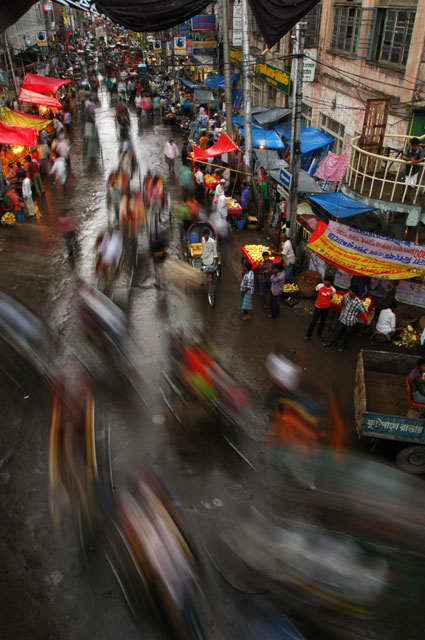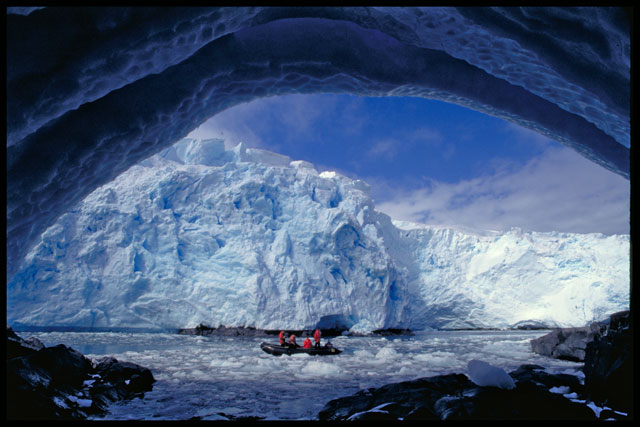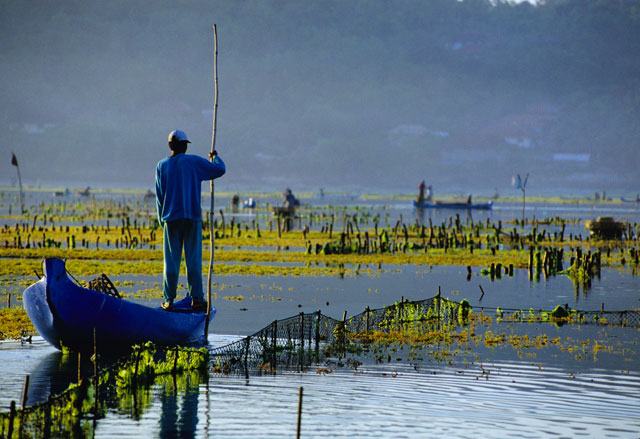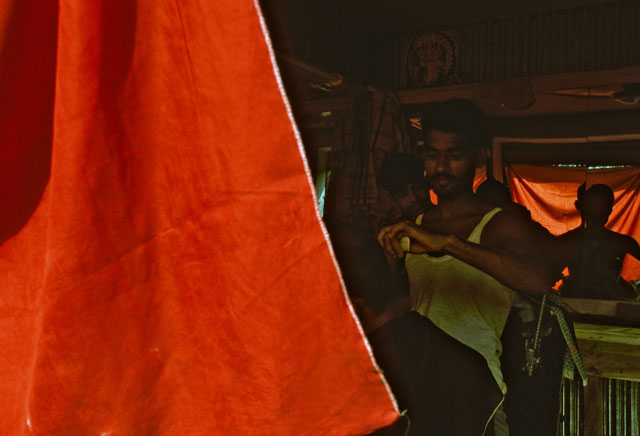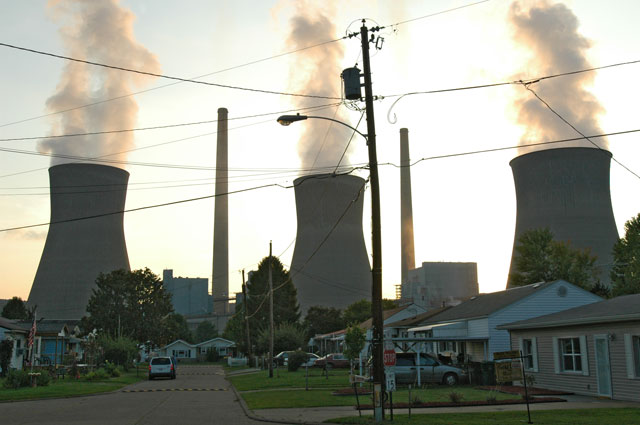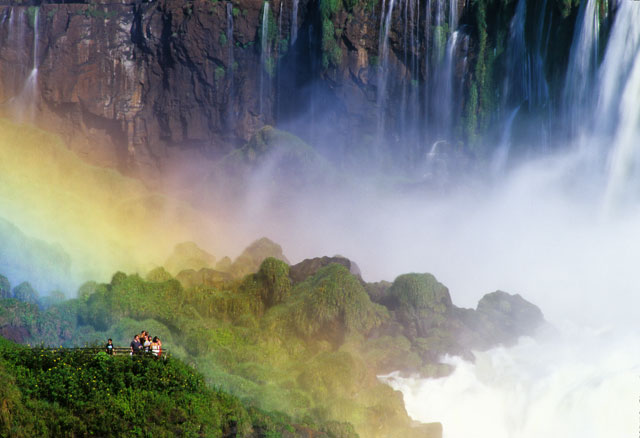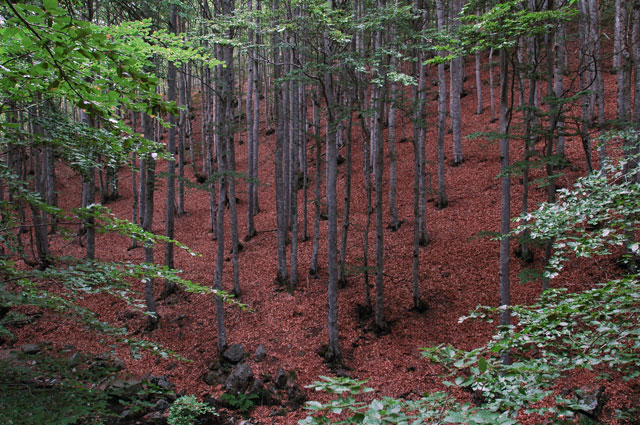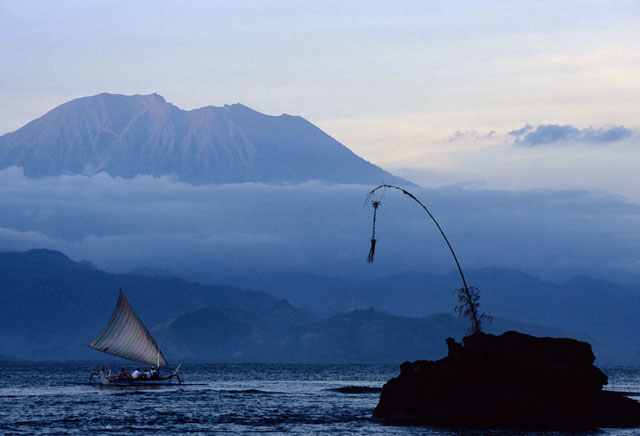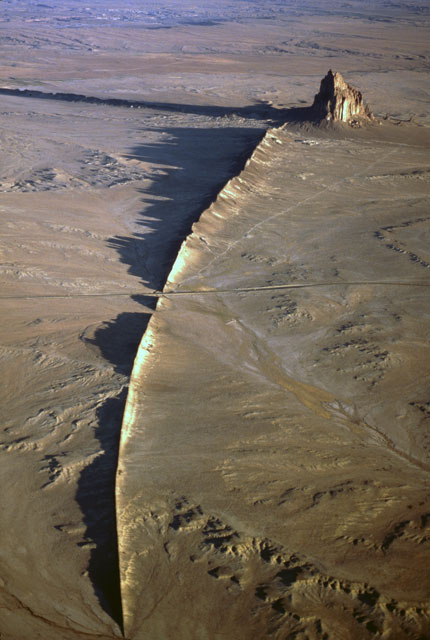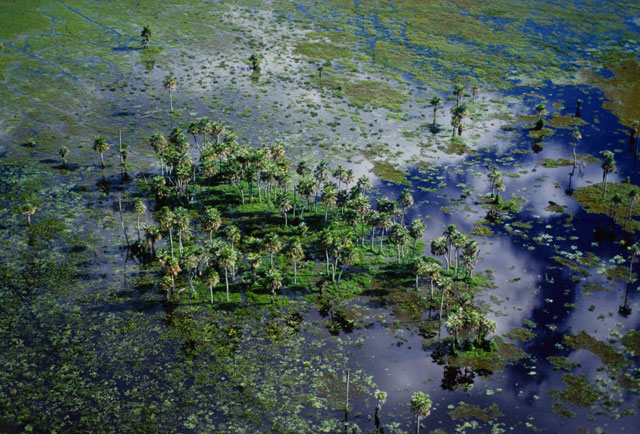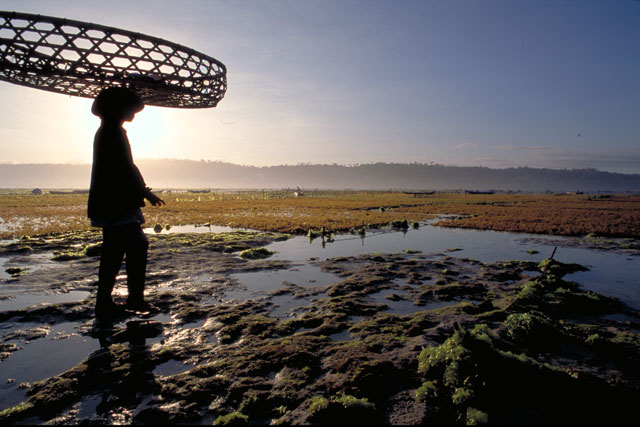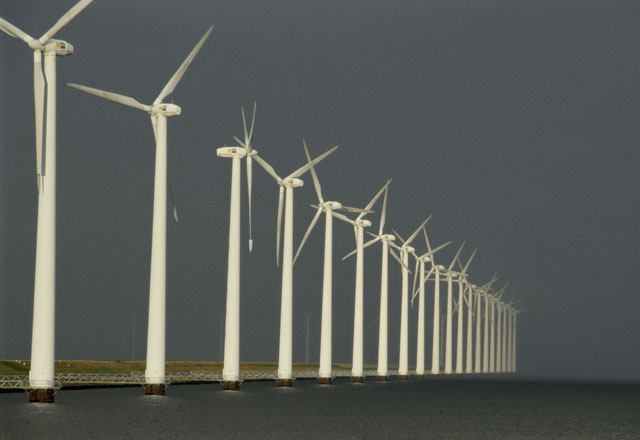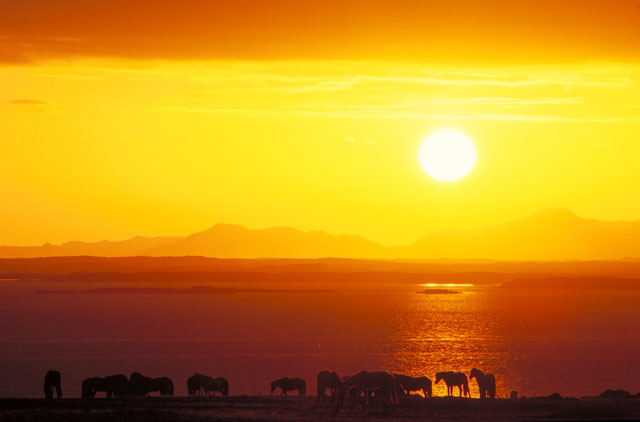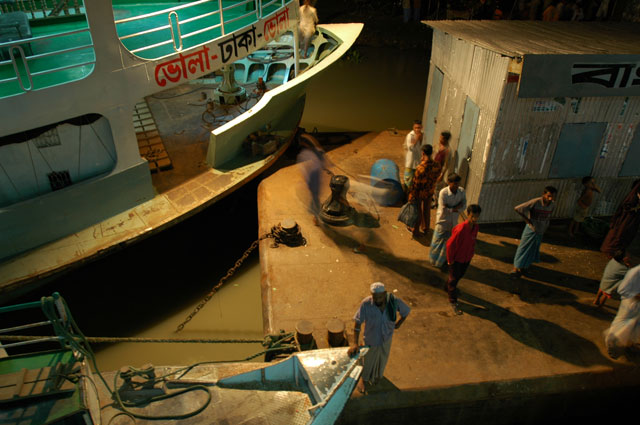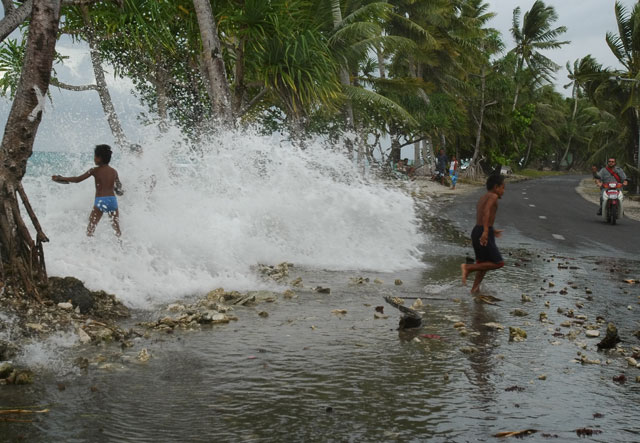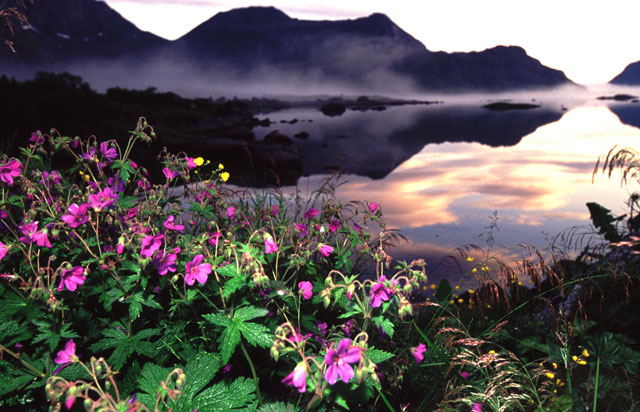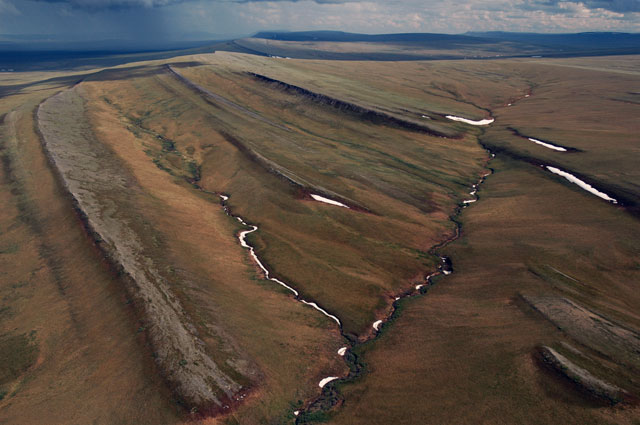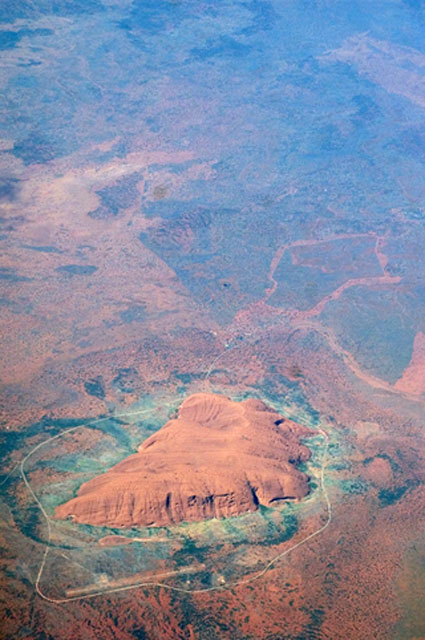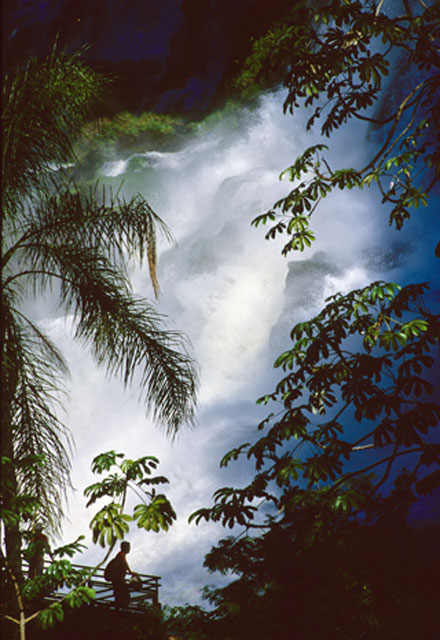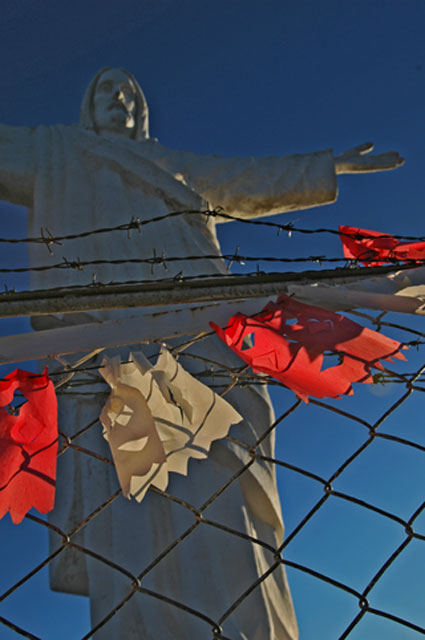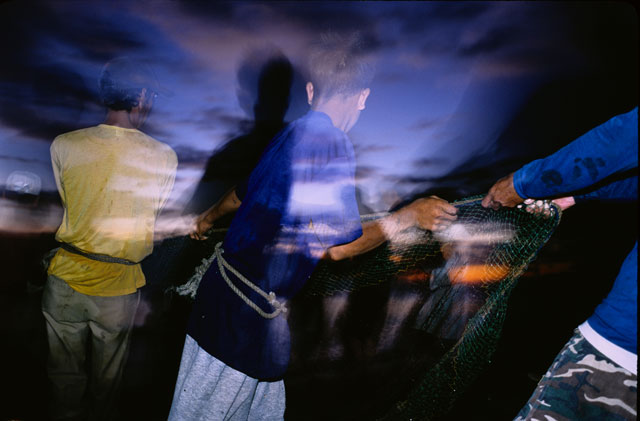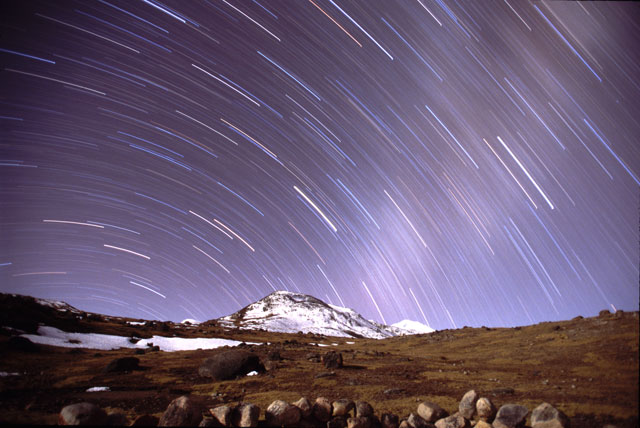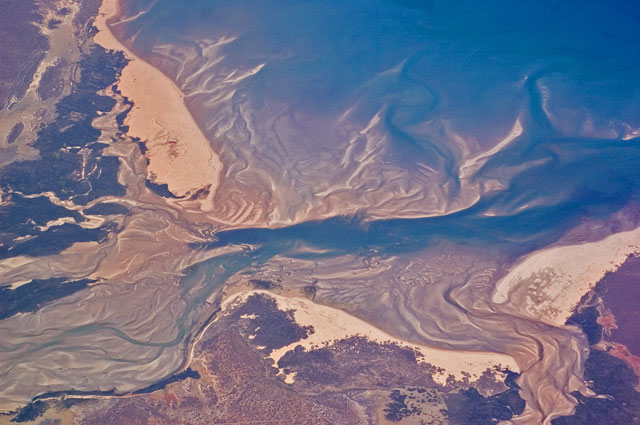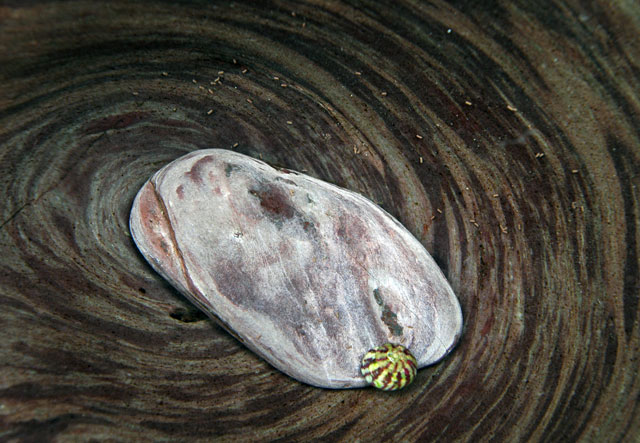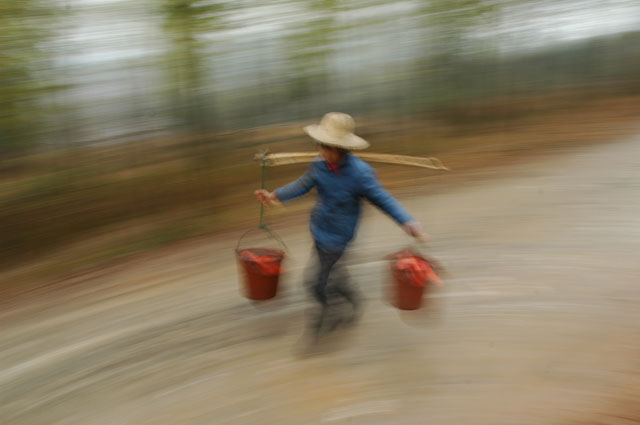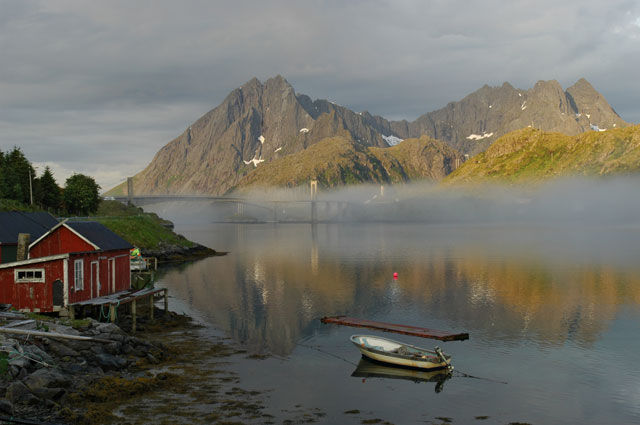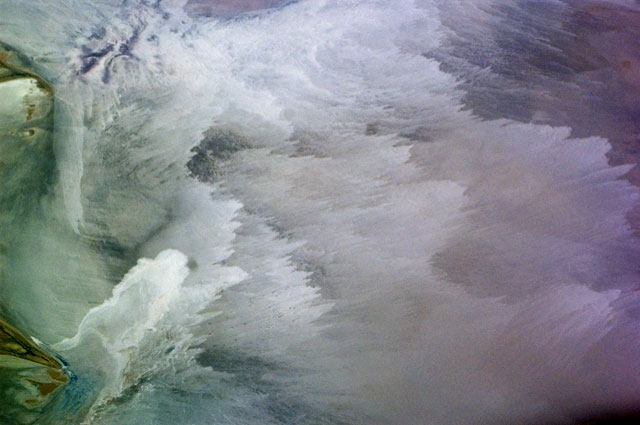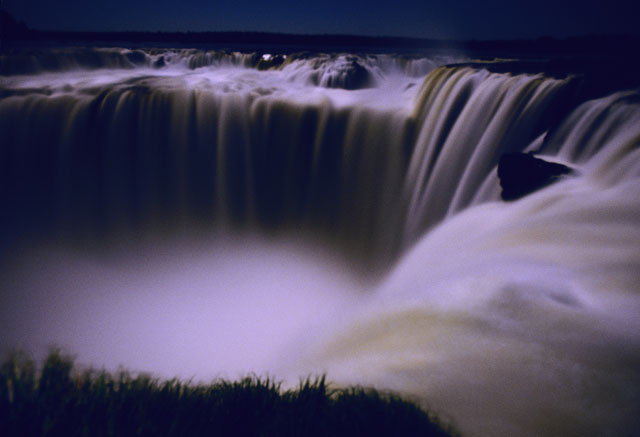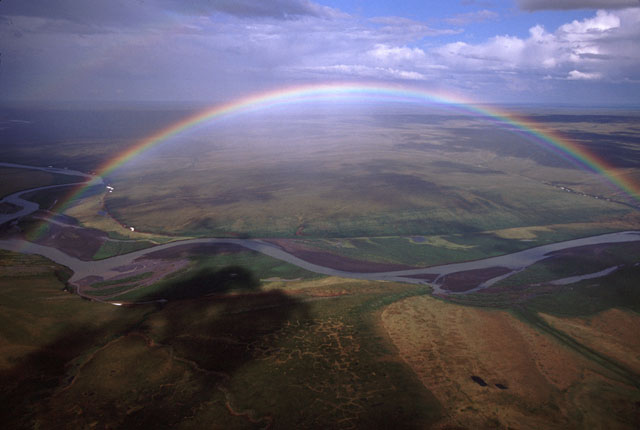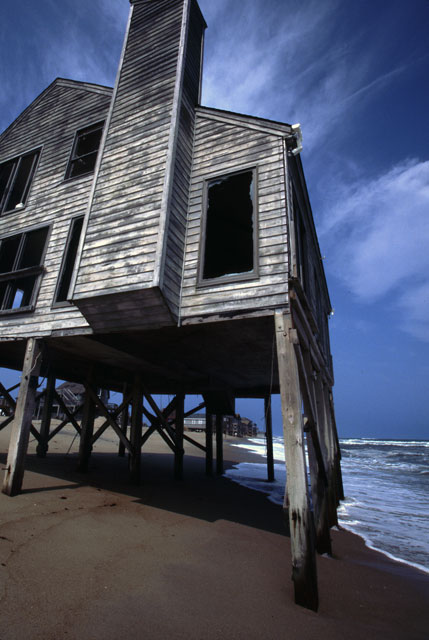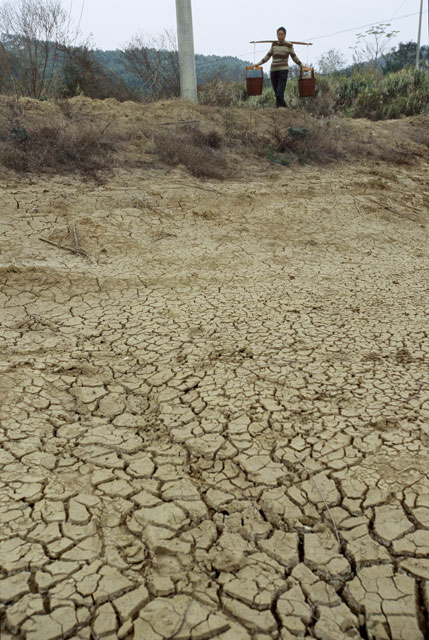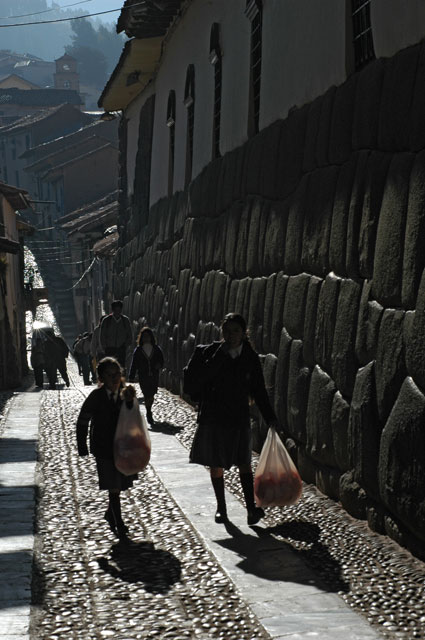Shooting the Effects of Global Warming
Gary Braasch is a Nikon Legend Behind the Lens
The world is catching up to Gary Braasch. "This was not a very well covered issue when I started six years ago," he says. The issue is global warming, and what Gary started was an ongoing project to document the results of climate change. His efforts have resulted in convincing images, among them a powerful series of before-and-after pictures that show, among other things, receding glaciers, rising sea levels and thawing areas of the Arctic. "Even for people who believed in global warming and understood how bad it was," Gary says, "the pictures were a compelling message that it was really happening, not in the future, but right now."
The project, he adds, is really a story of how powerful photography is. The pictures have been used in magazines and brochures, on websites, even in Congressional hearings. Soon they'll appear in his book, Earth Under Fire: How Global Warming Is Changing the World, to be published this fall by University of California Press. In the book, eight scientists contribute short essays reflecting their areas of expertise and expressing their points of view. The bulk of the text, though, is written by Gary, whose first career was journalism. "I first began taking pictures to illustrate my nature articles," he has said. When he found that "editors were more interested in the pictures than the words," he changed direction. His early photo career was marked by beautiful nature pictures, but that, too, changed. In 1980, Mount St. Helens erupted, and that event, coupled with his awareness of scientific research going on in old growth forests, made him realize that "as a journalist and someone who loved nature, I should be reporting on nature rather than just making beautiful pictures." For over 25 years the pictures he's taken for assignments and stock have frequently been both a reflection of his concern with environmental issues and a chronicle of the efforts of scientists and researchers to protect and preserve the environment. His photographs have appeared in numerous publications, including Time, Discover, Audubon, National Wildlife, Smithsonian, Scientific American, Natural History and National Geographic.
"A lot of nature pictures inspire people to be more interested in nature," Gary has said. "I try to bring people to the significance of an issue. It's very common that I make and get published pictures that are of environmental destruction rather than beauty, and these pictures carry a different kind of emotional weight than a pretty picture of the environment. Making a picture that shows scientists or researchers doing something adds another element. The picture says, okay, something's happening here to preserve or restore this place. This person is doing something. And people are drawn into reading the caption and the story and learning more."
His images of global warming have struck a particularly responsive chord. "When I had pictures from my project on the BBC's website, I got 900,000 hits on my site on a particular day. My site usually shows about 25,000 hits, so there's a remarkable connection with people on this issue. They've begun to understand what's happening. My collection of photographs is drawn on constantly by magazines and environmental groups who are trying to illustrate what's going on."
His comparison photographs seem to have the most power. "People can see the changes that have occurred on the landscape. The glaciers are the most obvious. Photography is uniquely positioned to show us that this is the way it was, and this is how it is now." He also found that as he began to take pictures that depicted how people were affected by global warming, the response got stronger. "People in Bangladesh, kids in front of a power plant, kids in a wave in Tuvalu—the story is clear. We're already living with global warming and with the energy choices we've made. I think the more I emphasize the effect on people, the more people get it, and the more connections they make in their own lives."
There is, he says, an obvious honesty to these photographs. "People are often wary these days of photos because they can be changed and manipulated. No one expects an advertising picture to be real, but news pictures and pictures of the landscape and of storms—people know those are not faked. It gives global warming much more currency to see a picture made just last year or in the last few months of flooding taking place or of a particular dry area that used to be a glacier."
Gary has pursued the project on his own; it's not funded by foundations or corporations. "It's basically my own visits to the places in the world where global warming is a big factor. It's as simple as that: I go there and take the pictures that show the effects. In the last two years I've been to China, Australia, Bangladesh, Tuvalu, places in the Arctic—I've really expanded the project to make it a world view."
But global warming is not the only subject of his photographs. "I took a lot of photographs that show the landscape and the people of the places I visited. The project took me to places I'd never seen before, and I always took pictures that went beyond the project to depict the people and the country. It was always, hey, turn around and see what else is going on. But then, it's always been hard for me to stop taking pictures, no matter what the project or the assignment. The entire planet is there for me, and there's a connection between me and the world. First I see it and I appreciate it; then the camera comes into play, allowing me to make a record of what I see, to apply the magic that contrast and exposure and composition can do. So I get a double pleasure out of being in these amazing places."
Gary's book is not all about the evidence and extent of global warming. It's also concerned with what we can do to ensure the future. "I want people to understand that what's happened is serious, but it's not an unmitigated disaster. We have lots of things we can do, and there's still time to do them." A lot of those things, he maintains, will make life better for us in the long run. "We are going to be healthier if we don't burn as much coal for power. We're going to spend less money and put less pollution in the air if we have more efficient automobiles. We'll spend less money on our home's electricity if insulation is better and we use low-power appliances and generate some of our own power with solar cells on the roof."
 |
Gary Braasch has been an NPS member since 1975. |


